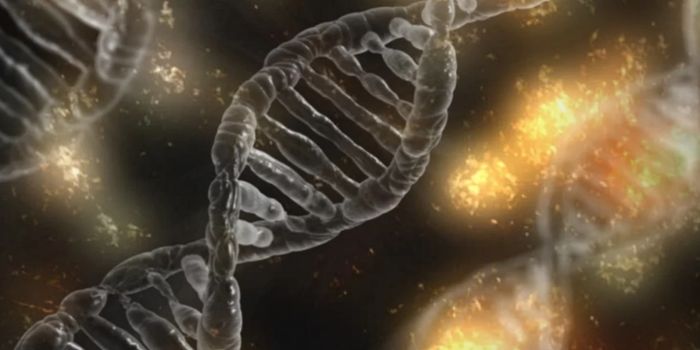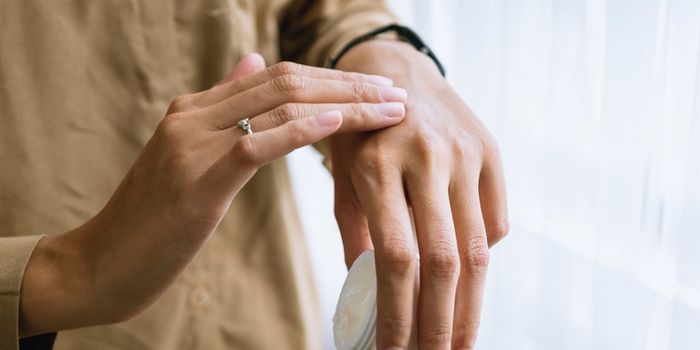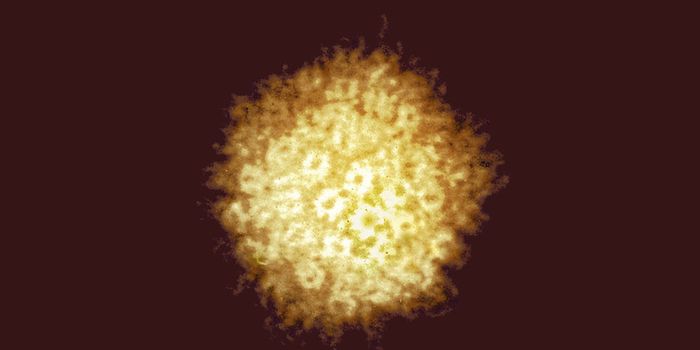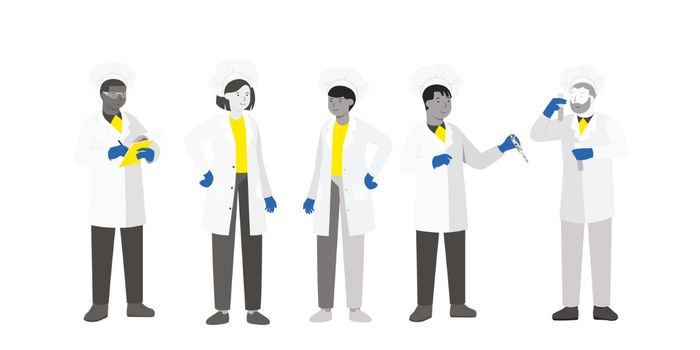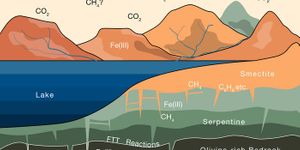Revealing More About the Epicenter of the COVID-19 Pandemic
Since the start of the COVID-19 pandemic, caused by the SARS-CoV-2 virus, people have wondered where the virus originally came from; while the first cases of the illness happened in Wuhan, China, and that is not in dispute, some researchers have identified the Huanan Seafood Wholesale market in Wuhan, and animals sold there as the likely source of the virus, while others have suspected that a research laboratory that studies viruses may be to blame.
Scientists have now performed a genetic analysis of over 800 samples that were collected from the Huanan Seafood Wholesale market at the very start of the pandemic, and samples from people who were infected in the earliest days of the pandemic. The findings, which were reported in Cell, showed that some market samples carried genetic material from both animals like raccoon dogs and civet cats along with SARS-CoV-2 viral genetic material, on the same swabs.
The first patients in Wuhan got sick in December 2019, and on January 1, 2020, investigators from the Chinese Center for Disease Control and Prevention went to the market to collect samples. The market had been mostly cleared out, and there were very few live animals present at that time, so while the investigators could not analyze the animals themselves, they were able to swab places like animal cages, carts used for transporting animals in the market, and drains.
Scientists were able to sequence all of this genetic material to identify where it came from. The team used metatranscriptomics, which picks up on RNA sequences and can reveal the identities of animals, plants, and viruses. An initial analysis published in Nature last year identified the virus in environmental samples from the market, but not animal samples. All of the data has now been analyzed to also reveal everything in all of the samples collected at the market.
This latest analysis has shown that some of the same market stalls that held raccoon dogs and civet cats also carried SARS-CoV-2. Raccoon dogs have markings like raccoons, but they are similar to foxes; while civet cats are small carnivores that are related to hyenas. There were swabs that carried genetic material from both the virus and these animals, together.
"This may be the last big, new set of data directly from the market, and in a way, it's like finishing the last piece of a puzzle showing a picture that has been pretty clear already," said co-corresponding study author Michael Worobey, head of the Department of Ecology and Evolutionary Biology at the University of Arizona. "We present a thorough and rigorous analysis of the data and how it fits in with the rest of the huge body of evidence we have about how the pandemic started."
This latest study also showed that the earliest patients were probably infected at the market, and did not identify anyone who was infected before the outbreak at the market.
"Many of the key animal species had been cleared out before the Chinese CDC teams arrived, so we can't have direct proof that the animals were infected," said co-corresponding study author Florence Débarre of the French National Center for Scientific Research. "We are seeing the DNA and RNA ghosts of these animals in the environmental samples, and some are in stalls where SARS-CoV-2 was found, too. This is what you would expect under a scenario in which there were infected animals in the market."
A situation posed by the Huanan Seafood Wholesale market in densely populated Wuhan, where humans can mingle closely with animals that can carry exotic viruses, is very risky, noted Worobey. Although lab safety has improved in some ways since the start of the pandemic, little has been done to reduce the risk of zoonotic viruses spreading from animals to people.
"We need to start putting the evidence of how this pandemic started into action by taking serious, concrete action to stop the perilous practice of bringing live animals with potential pandemic pathogens into densely populated urban areas," Worobey added.
Sources: University of Arizona, Cell


